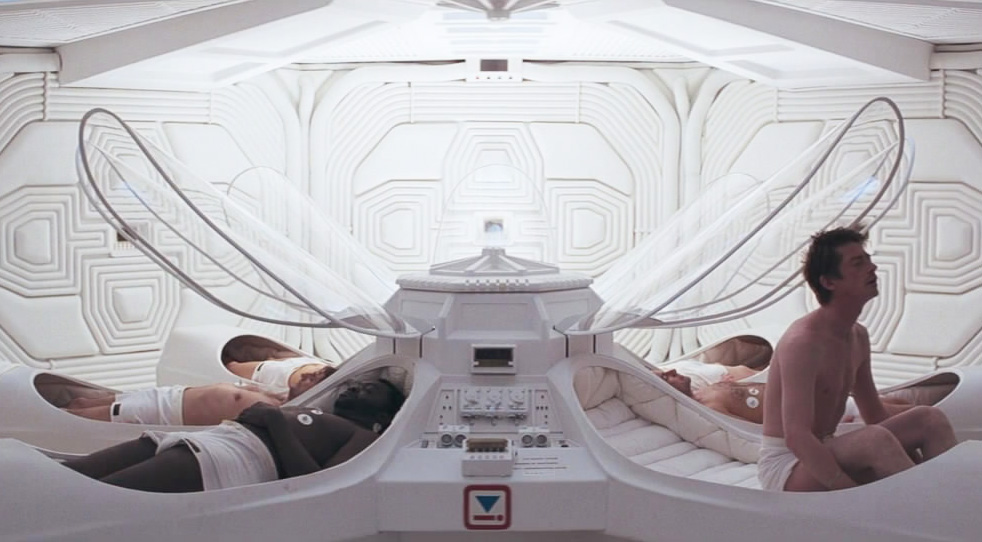
The complications and practicalities of cryopreservation
It is not as simple as it seems
 Someday we might get the technique right
Someday we might get the technique right
The publicity surrounding the cryopreservation of the body of a 14-year-old British JS after her death from cancer has prompted more commentary.
Heather Conway, of Queen’s University Belfast, ruminated on the legal complications arising from reanimation after decades or even centuries on ice.
From a legal perspective, the problems are obvious – starting with the fact that the person has already been declared legally dead. How would, how could, the law reinstate them? Could that person reclaim assets that they owned in life, but had passed to family members on death? Could inheritance laws be undone? And if the person’s spouse is still alive but has now remarried, would that marriage still be valid when the former partner returns from the dead? Even before this happens, what is the status of the corpse during its time in the deep freeze: does it have any legal rights? How long should a frozen corpse be stored, and would the individual’s family have the right to thaw or destroy the corpse without reanimating it?
And Alexandra Stolzing, a lecturer in regenerative medicine, at Loughborough University, in the UK, points out that it is still impossible to cryopreserve brains successfully. Besides she points out,
But there’s another huge hurdle for cryonics: to not only repair the damage incurred due to the freezing process but also to reverse the damage that led to death – and in such a manner that the individual resumes conscious existence.
From a purely technical point of view, this added complication might be worth avoiding. For example, someone who suffers from dementia will have already lost his or her memory by the time they die and will therefore no longer be the same if woken up after being cryogenically frozen.
Faced with this, patients with neuro-degenerative disorders who do not wish to live with the condition any longer may therefore seek to be frozen before death, in the hope that they will retain some memory if revived in the distant future. This clearly raises both legal and ethical questions.
Another issue which is seldom covered in the press is how quickly and professionally the cryopreservation process takes. In the case of JS, the Judge was dismayed by the incompetence with which her body was prepared for freezing and transport to the US.
Patient A-1175, whose brain was stored at the Alcor facility in Phoenix, Arizona, was a 68-year-old Californian man who committed suicide by shooting himself in the head. His brain was not removed until a week after his death. (The bullet was extracted.) If the chances of reanimation for normal patients are slim, what are his? But Alcor has still banked its US$80,000 fee.
https://www.bioedge.org/images/2008images/TH_alien-stasis-suspended-animation-chamber.jpg
Creative commons
https://www.bioedge.org/images/2008images/alien-stasis-suspended-animation-chamber.jpg
cryoics
cryongenics
cryopreservation
